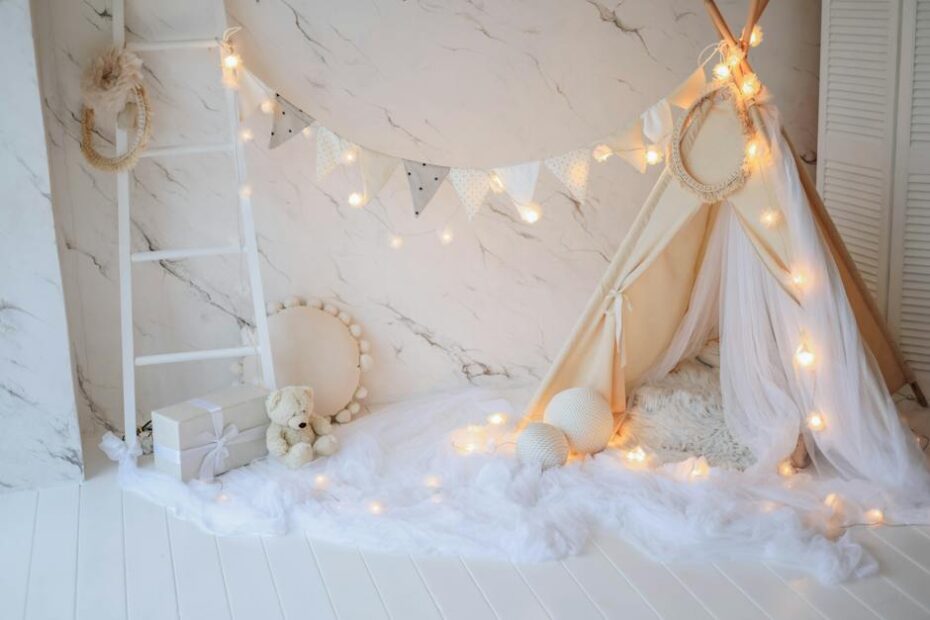Introduction to Minimalist Kitchen Design
Minimalist kitchen design embodies the philosophy that less is more. It’s a design style that seeks to simplify spaces and highlight functionality over form. The minimalist approach creates an atmosphere of calm, serenity, and orderliness in the kitchen, often characterized by clean lines, neutral colors, and open spaces. Any element that does not directly contribute to its function or enhance its visual appeal is eliminated.
Understanding the Essence of Minimalism
Minimizing clutter is at the heart of minimalist kitchen design. The emphasis is on creating as much visible space as possible, displaying only essential kitchen elements, and storing or hiding non-essential items. This decluttering extends to countertop appliances, decorations, and even small dishware.
Minimalism employs the use of neutral colors – whites, greys, blacks – across walls, cabinets, countertops, and floors. The lack of visually heavy or complex patterns and colors reduces distraction and encourages a soothing atmosphere.
Applying Minimalist Principles to Kitchen Design
Minimalist kitchen design incorporates both functional and aesthetic considerations. The functional aspects center on maximizing utility and space efficiency. Features include built-in storage and appliances seamlessly integrated into cabinetry, creating clean and unbroken lines. Open shelving may be used judiciously to display essential items, adding a sense of order and simplicity.
Aesthetically, a minimalist kitchen often employs a monochrome or limited color palette to create a cohesive look. Texture and form make a more nuanced statement in the absence of color and pattern. For instance, simple details like the grain of wood cabinets, a matte countertop surface, or the sheen of stainless-steel appliances can add subtle interest.
Choosing the Right Furnishing and Decor
Selecting furnishings and décor for a minimalist kitchen involves paring down to the essentials. Furniture should be sleek, simple, and functional- consider bar stools without backs, for example, or a simple wooden bench instead of complex, ornate chairs.
Lighting also plays a critical role. Pendant lights create a nice focal point, and under-cabinet lighting can enhance the functionality while sticking to the minimalist theme.
The Benefits of Minimalist Kitchen Design
Aside from its clean and sleek look, the minimalist design comes with several other benefits. Firstly, it promotes a stress-free and calm environment by reducing clutter and visual noise. Secondly, it tends to create a more efficient, streamlined workflow, as every item has a specific place and purpose. Finally, it often makes smaller spaces appear larger than they actually are.
Conclusion on Minimalist Kitchen Design
Minimalist kitchen design is not only a trend but also an enduring design philosophy that values simple, uncluttered spaces that are both aesthetically pleasing and functionally efficient. Achieving this sort of design requires careful planning and a deliberate thought process on what will be included and excluded in the space.
While minimalism may not be right for everyone’s taste or lifestyle, it’s a design worth considering if you are committed to simplicity, orderliness, and serenity in your kitchen space. After all, in this modern, complex, and often chaotic world, the allure of less is certainly more.
